Amazing and adorable wildlife of Australia
Queensland – Australia
Survival of weird and wonderful wildlife
Meeting and greeting some of Australia’s marsupials, reptiles and a marbled bird
Everyone needs to meet a wombat in their life, right? So we did just that. But we were in for a surprise. We were about to meet a few more of Australia’s amazing wildlife, some of them quite elusive but significant for the ecosystem and conservation.
We attended a ‘meet and greet’ presented by Martin from Geckoes Wildlife and had the absolute pleasure as well as privilege to meet Bumpy the wombat. Cute as! Docile too, but don’t let that fool you. Martin is so knowledgeable, informative and passionate about the wildlife and like a magician produced a few more critters out of the hat, so to speak. More about that a little later.
Conservation = knowledge, research, education, protection and attitude
Apparently Australia has the worst mammal extinction record in the world. Continuously there needs to be a balance between human habitation, agriculture and wildlife preservation. There are predominantly numerous unnatural threats to smaller wildlife that can lead to extinction and decline.
Putting myself on the line here, but I think I’m an exception because I don’t classify Roaming Fox as a predator. Besides, you all know I just adore animals! Read on.
Loss of habitat due to urbanisation, predation by feral cats, foxes (yes, unfortunately foxes too) and dogs as well as collisions with vehicles are all causes that contribute to the loss of wildlife.
Intense wildfires can cause destruction of habitat as well as shelters and therefore also have a negative impact because the fauna cannot hide from predators.
Did you know annually at least 124 endangered Australian species are put under direct pressure solely by feral cats? Each year across Australia feral cats alone are estimated to kill more than 1.5 billion native animals. These include bilbies, bandicoots, quokkas, quolls, numbats, lizards and frogs, as well as parrots and other birds.
Martin from Geckoes Wildlife and Bumpy the wombat
Wombat burrows and the role the play in the environment
What do wombats, small marsupials, birds and lizards have in common? Not much really, but bear with me.
The purpose of meeting Bumpy and her chums was not only for the cuteness factor and to listen to her story but also to be made aware of Australia’s wildlife, their habitat and their behaviour. Wombats construct burrows to escape heat, hide from predators and of course to have a place to sleep.
Australia’s forests are fire prone and wombat burrows play a valuable role during bushfires as they stay cool and offer protection from flames. Native species such as the smaller mammals, lizards and birds need to seek refuge and often utilise these burrows for shelter to protect themselves.
Wombat burrows are complex and can be up to 30 metres long, 3 metres deep and may have multiple entrances, therefore providing some secluded areas for other animals seeking vital shelter.
About Geckoes Wildlife
Geckoes Wildlife offer wombat, owl or other extraordinary wildlife experiences whilst educating the public about their favourite Australian wildlife.
They aim to continuously support conservation and create awareness between wildlife and people. They have a long-term commitment to the conservation of rare, endangered and threatened species.
They have been in operation for over 20 years and have acquired a wide range of species, particularly from Southeast Queensland.
If you would like to find out more about Geckoes Wildlife and their menagerie or wish to have a special wildlife encounter, contact them here.
Bumpy and chums - Who we met:
Bumpy the wombat:
Quick facts:
Although waddling wombats look cute, they can be aggressive so don’t let their looks deceive you. They can run as fast as a human, up to speeds of 40 km per hour.
They spend most of their day sleeping in their burrows, up to 16 hours, similar to koalas.
Wombats are the second largest of all marsupials and can weigh up to 36 kg. The have stubby tails and have pouches facing backwards so they don’t get dirt in their pouches while digging.
Their butt is the main form of defence. They use them to block off the entrance of their burrows against predators when they feel threatened. Because their rear end mainly consists of cartilage they are more resistant to scratches and bites.
They poop in cubes. This prevents the poo from rolling off their marked territory. Wombats have a very long digestive tract to absorb the most nutrients and water possible, therefore they create scats that are very compact and dry.
Apparently the last remaining population of bare-nosed wombats in Queensland is just north of the New South Wales border at Girraween National Park. The next closest population is more than likely about 20 kilometres away in NSW at Boonoo Boonoo NP.
Amazing facts:
The closest living relative to a wombat is a koala.
Weird and wonderful:
The Red kangaroo is the largest living marsupial. However, in prehistoric times a wombat-like creature, a Diprotodon, the largest ever marsupial, roamed Australia. They were about 1.8 metres tall and weighed around 2 800 kilograms, approximately the same size as a rhinoceros.
“Bumpy’s Story:
Bumpy was rescued out of her mothers pouch shortly after the mother was hit by a car and killed.
She was still a tiny tot in the pouch and had survived the nasty ordeal that her mum went through. Fortunately someone looked inside her mum’s pouch and found her.
She was hand reared till it was time to release her into the wild. Bumpy had other ideas though. After numerous attempts of releasing her far away from her human carers, she kept on returning to the house where she was reared, bumped on the front door to be let in (hence her name) and decided she still preferred a carrot to nibble on rather than grazing on natural grasses, plants and moss. She prefers a human companion and a comfortable bed inside a house.
She thinks she’s a little furry human with a few wombat friends and definitely not interested in the male wombat species. As a result, she has found a home with Martin at Geckoes Wildlife and is happy to be the star of the show whilst educating people. ”
Bandicoots
Quick facts:
Like the wombat, the bandicoot’s pouch is reversed, opening at the back so while she digs for food, dirt does not fill her pouch. They are only found in Australia, Tasmania and the islands of New Guinea.
Amazing facts:
Bandicoots have the shortest gestation period of any marsupial – 11 days. As a result they can breed up to four times a year. They can give birth to up to five babies. They are solitary, terrestrial and nocturnal marsupials and are highly active. Their running style is described as a gallop. They prefer to shelter in dense vegetation during the day and forage in open areas at night. Bandicoots are opportunistic omnivores, eating both plants and animals.
Most bandicoots are similar in size to a large rat. The closely related greater bilby is about the size of a large rabbit and its common name is rabbit-bandicoot. How to differentiate between the two? The bilby has huge rabbit-like ears whereas other bandicoots have smaller rounder ears.
They mark their territory through a gland behind their ears.
Weird and wonderful:
Bandicoots are critical in dispersing fungal spores and play an important ecological role by turning over soil, therefore contribute to the decomposition of leaf litter, soil production and nutrient cycling.
Bandicoot
Bettong
Quick facts:
What is better than a bettong? Two bettongs, especially a little joey! That’s right, we saw a mom and baby. Mom was a cutie but the little one effortlessly stole the show. Can you imagine the little one the size of a jellybean when in mum’s pouch?
Small, nocturnal marsupials, bettongs are also known as rat kangaroos and belong to the same family as potoroos as well as the now extinct Desert Rat-kangaroo. Bettongs are only found in Australia and were once widespread but as a group they are highly vulnerable to feral cats and foxes.
All bettong species have suffered significant declines in their population, some populations have even become extinct on the mainland in their natural habitat due to cats, foxes as well as expansion of agriculture. The Eastern Bettong is now restricted to Tasmania but even there they are declining rapidly. Fortunately they are being reintroduced inside a predator proof fence in the Australian Capital Territory.
Amazing facts:
One bettong can dig up to anywhere between 2 and 6 tonnes of soil per year. They are known as ecosystem engineers and like the bandicoot assist in restoring environments by their digging and assisting seed germination.
Bettongs only produce one young per litter but can reproduce at any time of the year in favourable conditions.
Several species selectively feed on truffles but also feed on invertebrates, grubs, fruits and seeds.
Weird and wonderful:
Bettongs carry nesting material with their prehensile tails. During the day many species sleep in depressions in the ground, in well camouflaged and lined leaf litter nests.
Adult female bettong posing for the camera
Mum and joey bettongs
Cute joey bettong
Stealing the show - joey bettong
Tawny frogmouth
Quick facts:
We have been fortunate to regularly see beautiful mottled and marbled Tawny frogmouths on our walks since arriving in Australia. We have had to scour the branches to find them though, on our walks through Brisbane and other areas.
Often mistaken for an owl, the Tawny Frogmouth is a master of camouflage and can even extend its body to resemble a broken off tree branch. Nocturnal and carnivorous, they catch their prey in flight or by swooping down to those on the ground. They eat a variety of insects, slugs, frogs, reptiles, small birds and mammals.
Tawny Frogmouths are found throughout Australia and Tasmania and prefer mature trees in open woodlands, rainforest margins, parks, gardens and alpine woodlands.
Their call is a low-pitched repetitive sequence of sounds, an oom, oom, oom booming noise.
Amazing facts:
Tawny frogmouths mate for life and in the wild can live up to 14 years. A breeding pair often stays in the same territory for more than 10 years. They take turns to incubate the eggs at night but the father usually takes on the day shift.
Because they are reluctant to move, the most serious ongoing threat is wildfires, although they can be killed by Carpet Pythons, feral cats, dogs and foxes.
Weird and wonderful:
Tawny Frogmouths aren’t owls but are closely related to Nightjars. They don’t have curved talons like owls and their feet are weak.
Tawny frogmouth
Perentie - Goannas
Quick facts:
The largest Australian monitor lizard is the Perentie - Varanus giganteus – which grows to over 2 metres long. The smallest which grows to just 20 centimetres is the Short-tailed Monitor – Varanus brevicuda.
Most monitors have camouflage bands, spots or speckles relating to their environments, although these may differ between species and age groups.
Even though they appear slow, goannas are fast runners and can sprint short distances on their hind legs. They escape from threats or their predators, to the safety of water or a tree. In the wild they can live up to 40 years.
Goannas are mostly carnivorous and have long necks, powerful tails, sharp teeth and claws.
Amazing facts:
Around 15 million years ago goannas or monitor lizards spread from the north to Australia and Africa.
They play an important role in history and culture and were significant traditional native food sources. They are commonly represented in Aboriginal Dreamtime stories.
Only as recently as 2005 was it discovered that goannas have venom glands similar to snakes. Whilst they don’t have enough venom to cause serious harm, as well as a lack of fangs to inject the venom into prey, their sharp teeth and bacteria in their mouths can cause a nasty infection, so it is wise to exercise caution and a healthy dose of respect towards a monitor.
Weird and wonderful:
Possibly the most renowned monitor lizard is Indonesia’s Komodo Dragon that grows up to an amazing 3 metres in length. Did you know that Australia was once home to the Varanus priscus, a giant monitor twice that size?
Perentie
Shingleback lizard
Quick facts:
The shingleback lizard otherwise commonly known as the stumpy-tailed or two-headed lizard, has large rough scales to heavily armour their body, a large head and a short blunt tail.
They are common throughout semi-arid habitats and where rainfall is low. Like all lizards, shinglebacks do not produce their own body heat. They rely on the warmth of their surroundings to raise their body temperature and bask in sunny areas early in the morning before foraging for food during the warmer parts of the day.
Amazing facts:
Shinglebacks are not very nimble but their teeth are large and they have strong jaw muscles to crush snail shells and beetles. They also eat a wide variety of both plants and animals.
They are diurnal and social creatures and are often seen along roadsides or cleared areas. Typically, individual shinglebacks have a home range of four hectares and can move up to 500 metres a day.
Unlike other lizards, shinglebacks are monogamous and will return to the same mate for up to 20 years.
Weird and wonderful:
Their short, wide, stumpy tails may confuse their predators because they resemble the head of a lizard, hence the common name of two-headed skink.
The tail stores fat reserves which are drawn upon during brumation in winter.
Shingleback lizard
Last few words on Australia’s amazing wildlife:
I could continue with more facts about each individual species, but hopefully I have stimulated the need for you to want to discover more and possibly experience a unique wildlife encounter.
Often wildfires are a natural part of the ecosystem. Some species even benefit from blazing fires. Generally though, fire can be dangerous to vulnerable animals and plants although most animals can sense the danger wildfires pose.
It is fascinating to know that wildlife have developed strategies to flee and shelter from fires and smaller animals might attempt to seek shelter in logs, under rocks or by hiding in tunnels such as wombat burrows in this case. It is interesting to know that wildlife unknowingly work together, to protect themselves from the danger of fires.
Let us hope that there will never be a repeat of the horrific bushfires that ravaged New South Wales and Victoria in 2019/2020 where millions of hectares of vegetation was destroyed and 3 billion animals killed or displaced.
On Pinterest? Pin for later!
Pinterest Pin
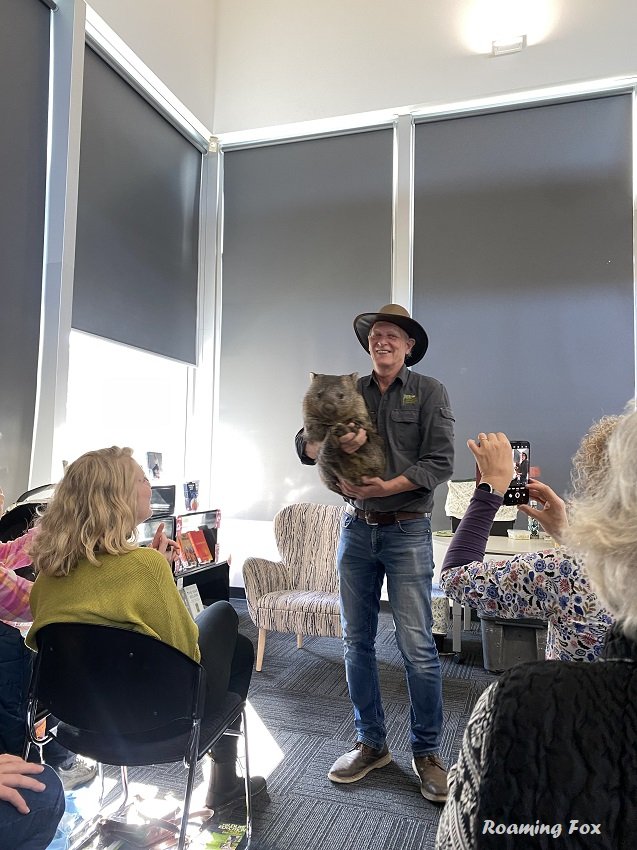









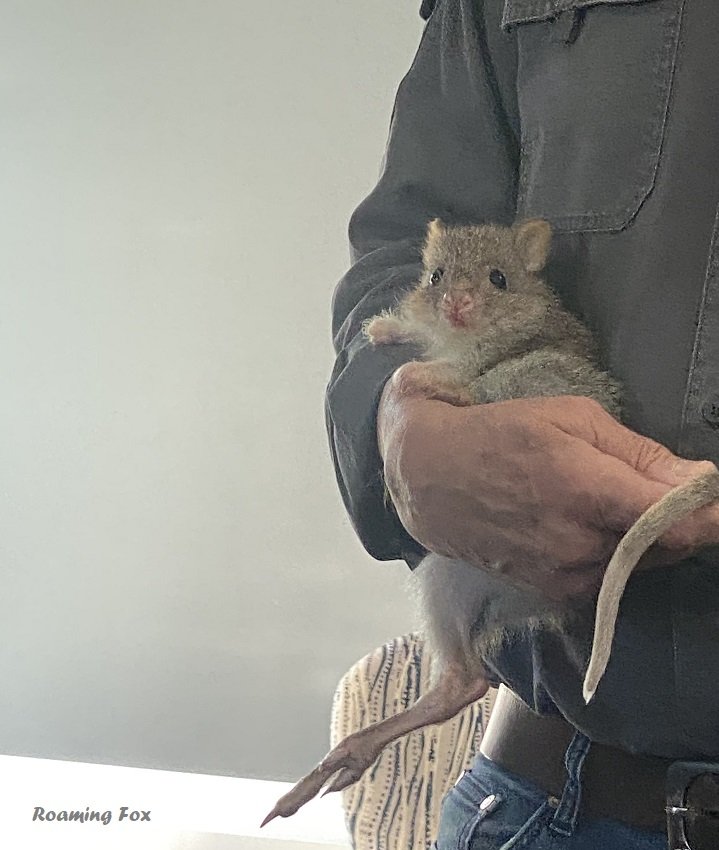









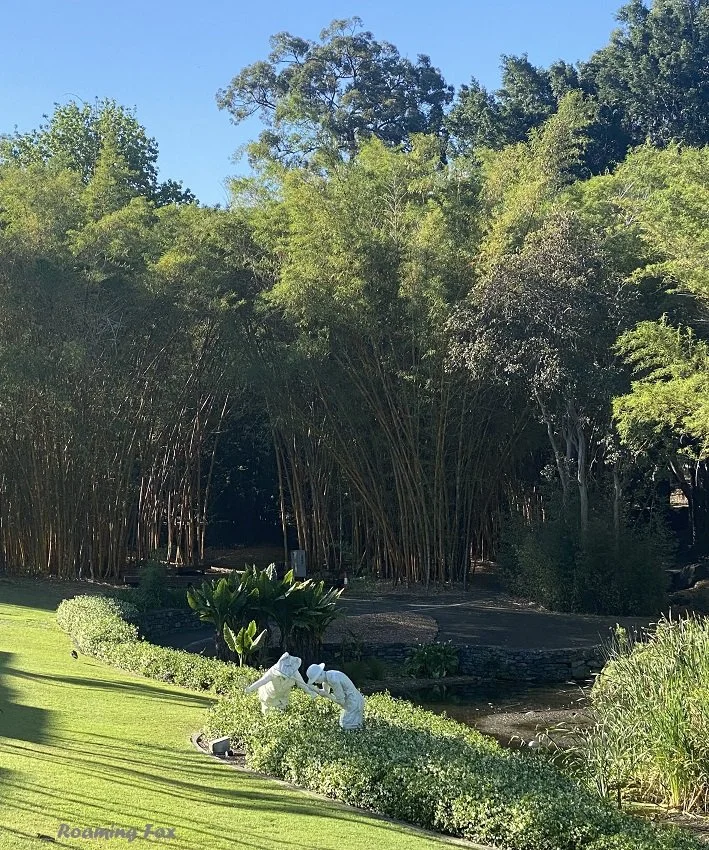
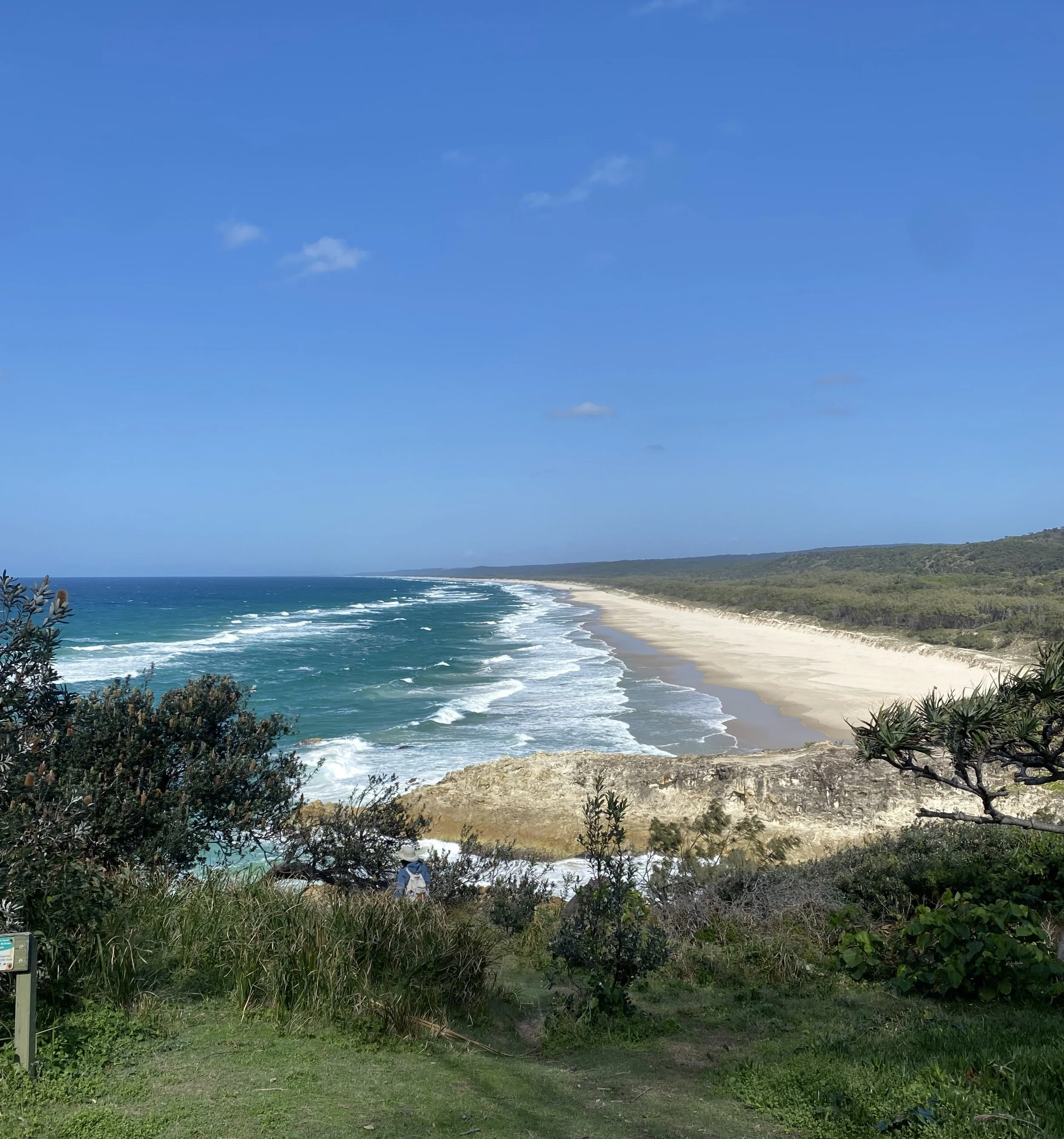
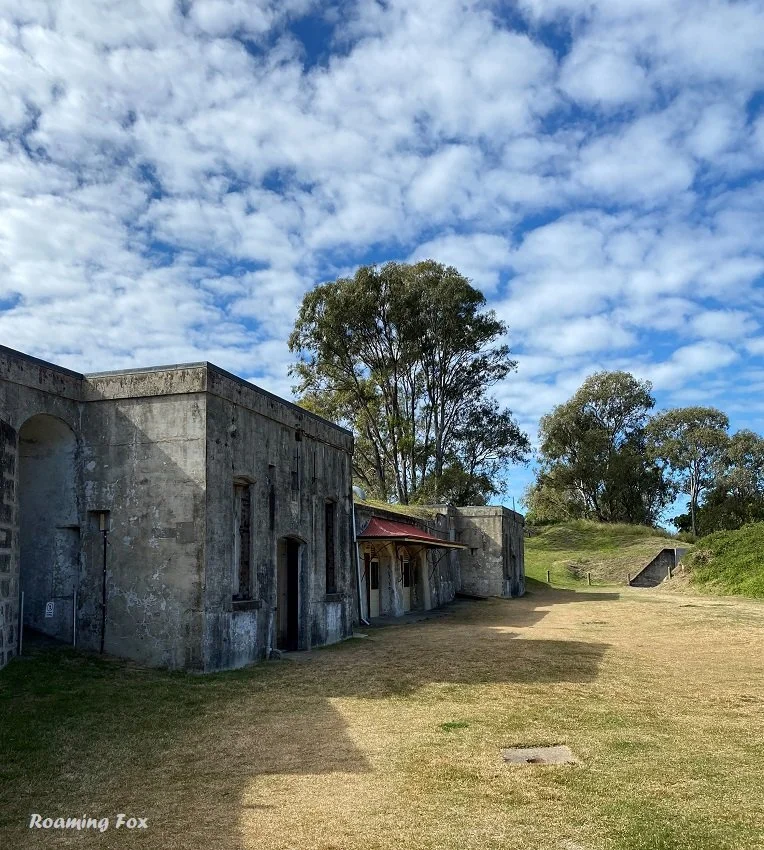
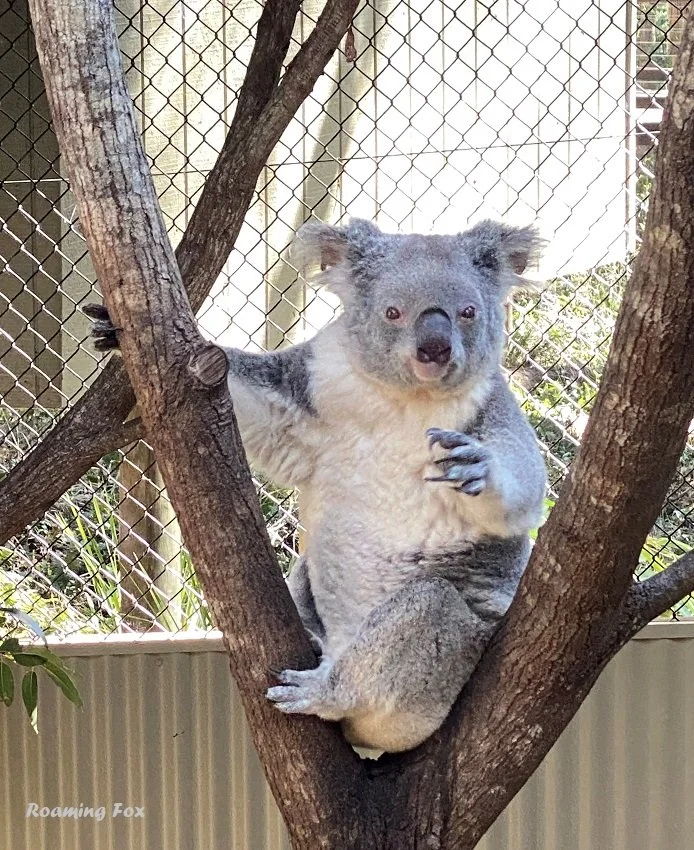
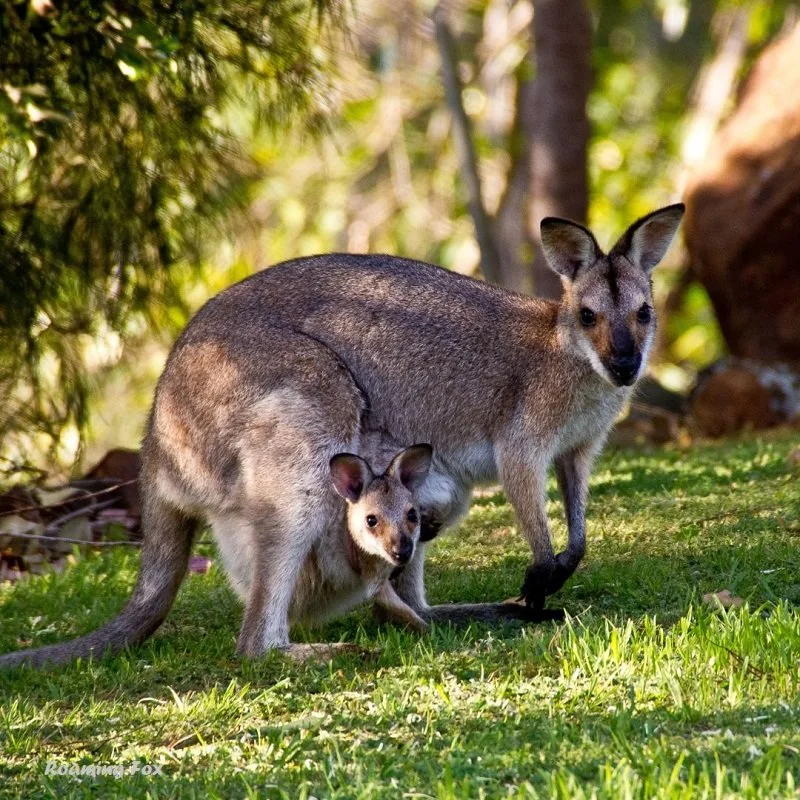


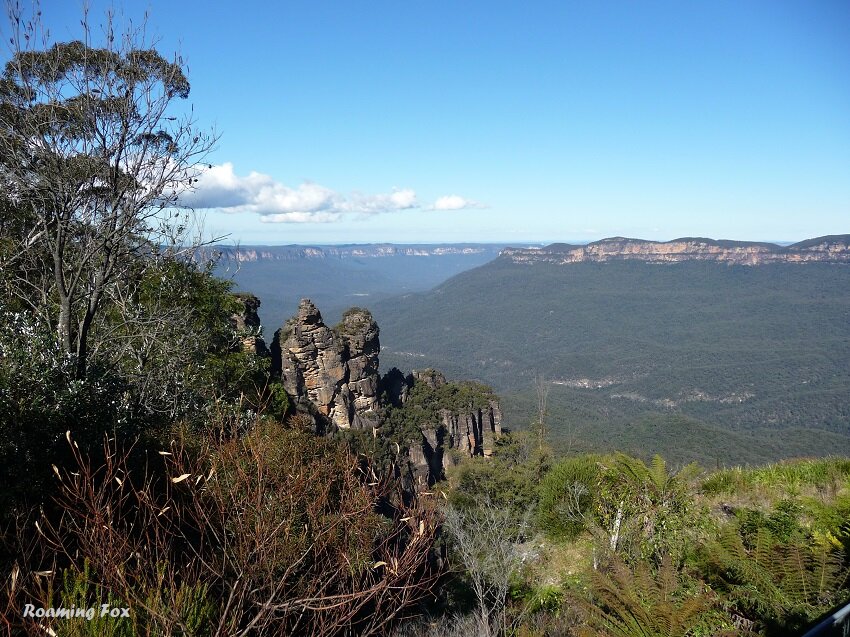





I think we would be hard pressed to find someone that doesn’t like butterflies. Who wouldn’t be enchanted?
Beautiful, fragile and gentle, flitting from bloom to bloom.